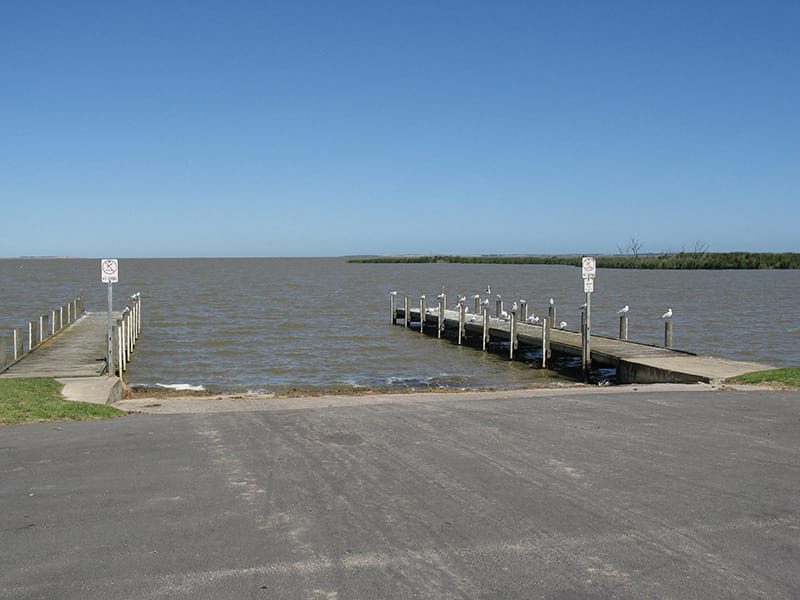Urgent blue green algae warning for Lake Alexandrina
Health experts are warning local residents to avoid body contact with and drinking from Lake Alexandrina until further notice after unusually elevated blue green algae were recorded yesterday. Water samples collected on Thursday, March 21, from Lake...

Health experts are warning local residents to avoid body contact with and drinking from Lake Alexandrina until further notice after unusually elevated blue green algae were recorded yesterday.
Water samples collected on Thursday, March 21, from Lake Alexandrina showed elevated levels of potentially harmful blue green algae across the lake.
Unlike other blue green algae, the species detected at the lake generally does not form scums and is not easily visible to the naked eye.
The type of blue green algae in the lake has not previously been detected in such high numbers in South Australia and while the cause is unknown, health experts believe climate variability may be a factor.
“Testing of water quality at Lake Alexandrina has shown the presence of a blue green algae bloom,” SA Health Principal Water Quality Adviser, Dr David Cunliffe, said.
“We are warning those living in communities around the lake, as well as those planning to visit the area over the Easter weekend, to please avoid body contact with the water in Lake Alexandrina, don’t drink the lake water, and keep your pets and children well-clear.
“We’re continuing to monitor the lake and test for algae levels and will work with relevant agencies, so that hopefully, people can get back in the water soon.”
Consumption of water containing blue green algae can cause gastro-intestinal symptoms, including vomiting, bloody diarrhoea, as well as fever and headaches, while direct contact may also cause local irritation to the skin, eyes, ears, nose and mouth.
People living in the area or visiting parts of the lake can still enjoy boating and fishing, but are strongly advised to take extra care not to ingest the water.
If you have been in the water at Lake Alexandrina and start to feel unwell, seek help by consulting your GP and saying you may have been exposed to blue green algae.
Pets are particularly vulnerable and should be kept out of the water.
Fish caught in the lake should be cleaned and gutted thoroughly before being eaten.
SA Water does not source water from the lake and has confirmed the water it supplies from other sources to the area remains safe to drink.





